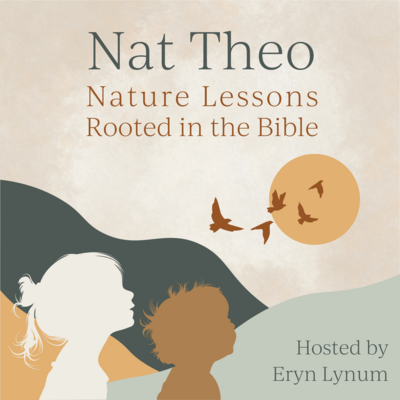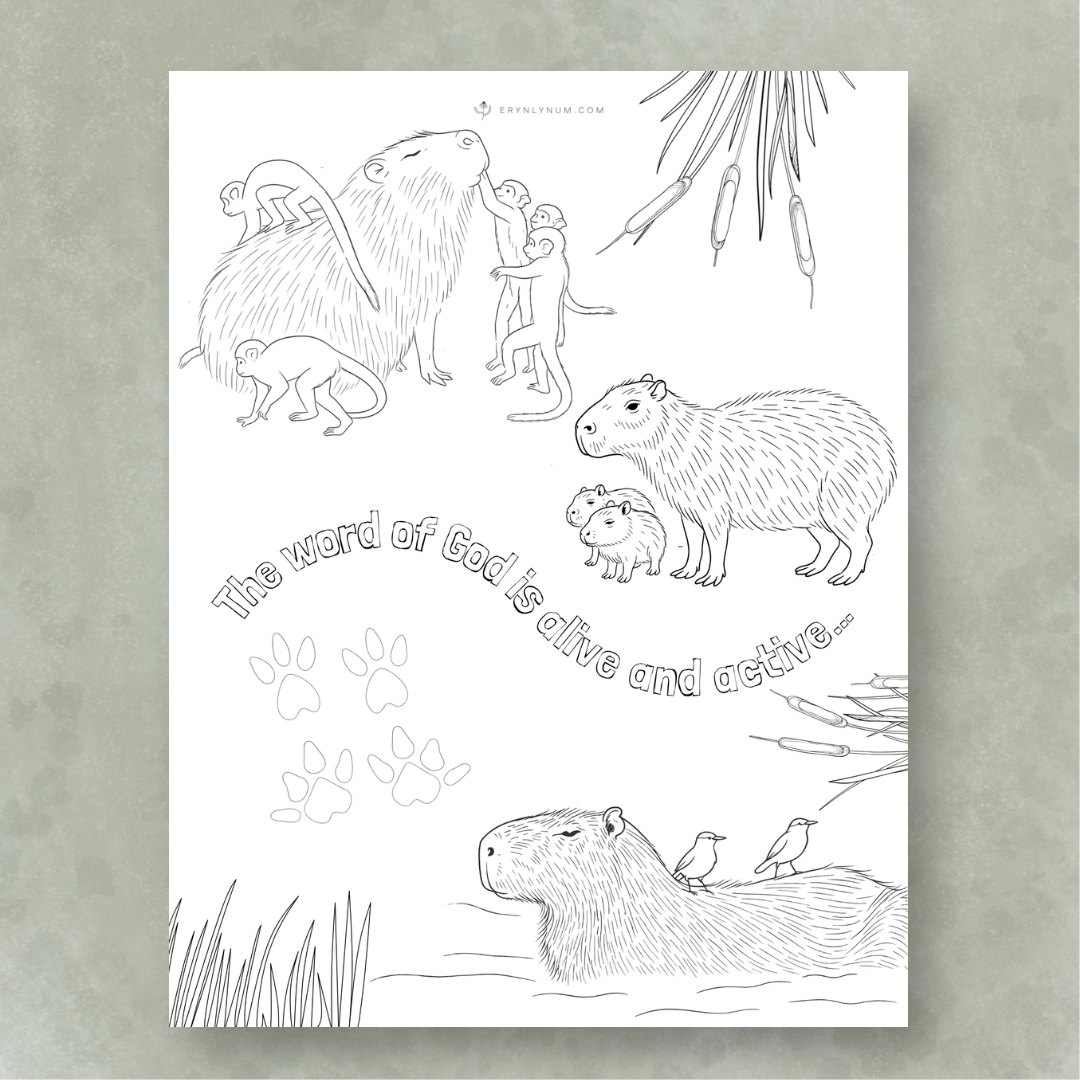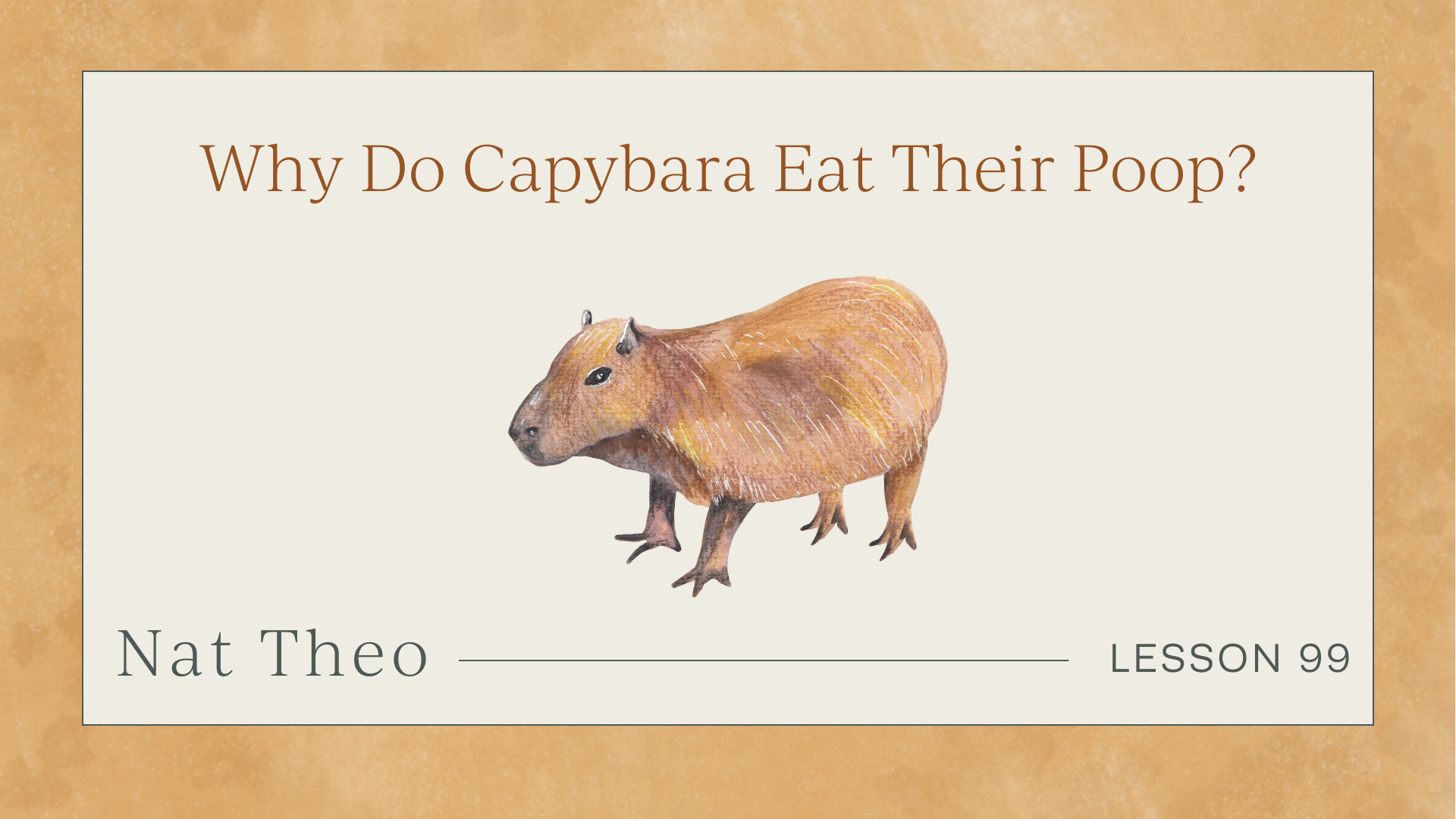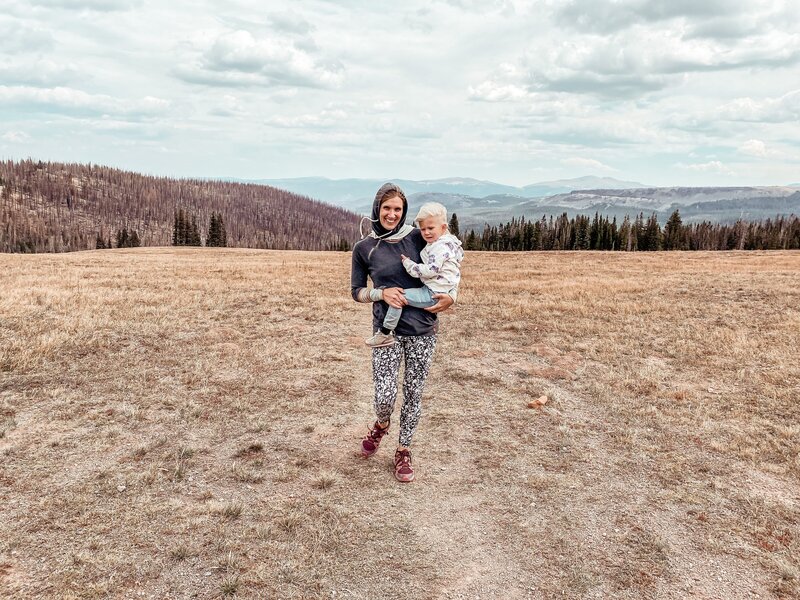Capybara Facts for Kids
The Nature of Rest
What the Bible and Creation Teach Us About Sabbath Living
Intentional Parenting
Nature Studies
Apologetics
Adventure
Free Resource
Entrepreneurship
Homeschooling
Faith
Books
Categories
Master Naturalist, Bible teacher, author, wife, and mama of four! Join our adventures of discovering God while adventuring in creation.
I'm Eryn
Hey there!


Listen Now






Order now


Capybara Facts Coloring Sheet
Learning about capybara facts is made possible by: Make math simple and effective with CTCMath for grades k-12 and Generations Ministries keeps Christ at the center of every subject from science to history, geography, math, reading & literature, missionary stories and more, save 15% through 12/31/25 with code nattheo.


Capybara Facts for Kids
A few weeks ago, we learned about the largest rodent in North America—the beaver. Today we’re meeting an even larger rodent: the capybara, the biggest rodent in the world.
How big? A capybara can grow to be around 2 feet tall, 4 feet long, and up to 150 pounds (0.6 m tall, 1.2 m long, up to 68 kg). That means this rodent weighs around as much as I do, would stand above my knee, and is longer than a golden retriever. Let’s discover some fascinating capybara facts and see how they point us to the Creator’s thoughtful design.
Why Do Capybara Destroy Everything In Sight?
Capybaras are adorable—but they do not make great pets. They’re wild, semi-aquatic animals designed for life with lots of fresh water and other capybaras. They are social creatures who live in groups of ten to twenty, sometimes more. And they chew on everything.
Why do they chew so much? Capybaras are rodents. God designed rodents with special incisor teeth that never stop growing, like sharpened chisels. The front of each tooth is hard enamel and the back is softer dentin. As they gnaw, the back wears faster than the front, keeping the edge sharp.
Under the gums, each incisor has a long reserve crown—a hidden backup that keeps pushing new tooth upward. Gnawing keeps those teeth short, sharp, and useful—just like clipping your nails keeps them from getting too long. All this chewing happens naturally as they eat.
Do Capybara Know How to Swim?
Capybaras are herbivores, which means they eat only plants such as grasses, reeds, grains, and melons. Because they are semi-aquatic, they eat many water plants.
A semi-aquatic animal lives part of the time in the water and part on land. Capybaras spend much of their time in freshwater rivers, lakes, and marshes in South America, including the countries of Brazil, Argentina, Colombia, and Venezuela.
It makes sense that they eat a lot of aquatic plants, since they are excellent swimmers. God even gave them webbed feet to help them swim well. I love when nature surprises us like that—every new discovery reminds us how creative and wise God is, giving each creature exactly what it needs.
Why Do Capybara Eat Their Poop?
Why do capybaras eat their own poop?
It sounds gross, but it’s actually very smart and helpful for them.
The capybara isn’t really eating its poop. Instead, it’s called cecotrophy. Cecotrophy is when certain animals eat special soft droppings called cecotropes so they can digest their food a second time.
Digesting their food a second time allows them to absorb extra vitamins and nutrients they didn’t get the first time.
So the capybara eats its food, such as grass, digests it, and produces cecotropes. When it eats these soft pellets again, it gets all the remaining nutrients it needs. Then, it poops, and it leaves the poop alone. What seems strange to us is actually an example of God’s intelligent design, helping this creature thrive.
How Can We Get More and More Goodness From God’s Word?
Think about a capybara using cecotrophy to get all the available nutrients from its food. It digests its food twice. In a similar way, we can carefully digest or take in God’s Word by revisiting it and finding more and more truth and goodness each time.
Unlike the capybara, who eats and digests its food twice and moves on, we can come back to God’s Word again and again and always find life, truth, and nourishment for our souls.
Hebrews 4:12 says,
“The word of God is alive and active.”
Psalms 1:2 says,
“They love the Lord’s teachings, and they think about those teachings day and night.”
Isaiah 55:10–11 says,
“Rain and snow fall from the sky and don’t return without watering the ground. They cause the plants to sprout and grow, making seeds for the farmer and bread for the people. The same thing is true of the words I speak. They will not return to me empty. They make the things happen that I want to happen, and they succeed in doing what I send them to do.”
Jeremiah 15:16 says,
“When your words came, I ate them; they were my joy and my heart’s delight.”
God’s Word is never empty. It always has something good for us. We can open it again and again and always discover something new. Just as the capybara gets every bit of goodness from its food, we can receive all the goodness and truth from Scripture as we return to it often.s.


learn more
Raising kids stirs something deep in our souls — an innate knowing that our time is finite. Taking my kids outside in creation, I’m discovering how to stretch our time and pack it to the brim with meaning. God’s creativity provides the riches of resources for teaching the next generation who He is and how He loves us. Join our adventure and discover inspiration and resources for refusing rush, creating habits of rest, living intentionally, and making the most of this beautiful life!
I'm Eryn, Master Naturalist, Author, & Bible Teacher
Hey there!


Receive free inspirational resources for refusing rush, creating habits of rest, parenting with intentionality, and teaching our kids who God is through what He has made!
Inspired
Be
Brand + Website by Amarie Lael Design | TERMS & CONDITIONS + PRIVACY POLICY | Copyright 2011 - 2025 Eryn Lynum
Contact
Speaking & media
About
Books
Shop
Videos & Interviews
Email List
Stories
Free Downloads
Resources
Home
@erynlynumauthor


The Nature of Rest
What the Bible and Creation Teach Us About Sabbath Living
Now Available!
Order
X
Signed Copy
Add a Comment